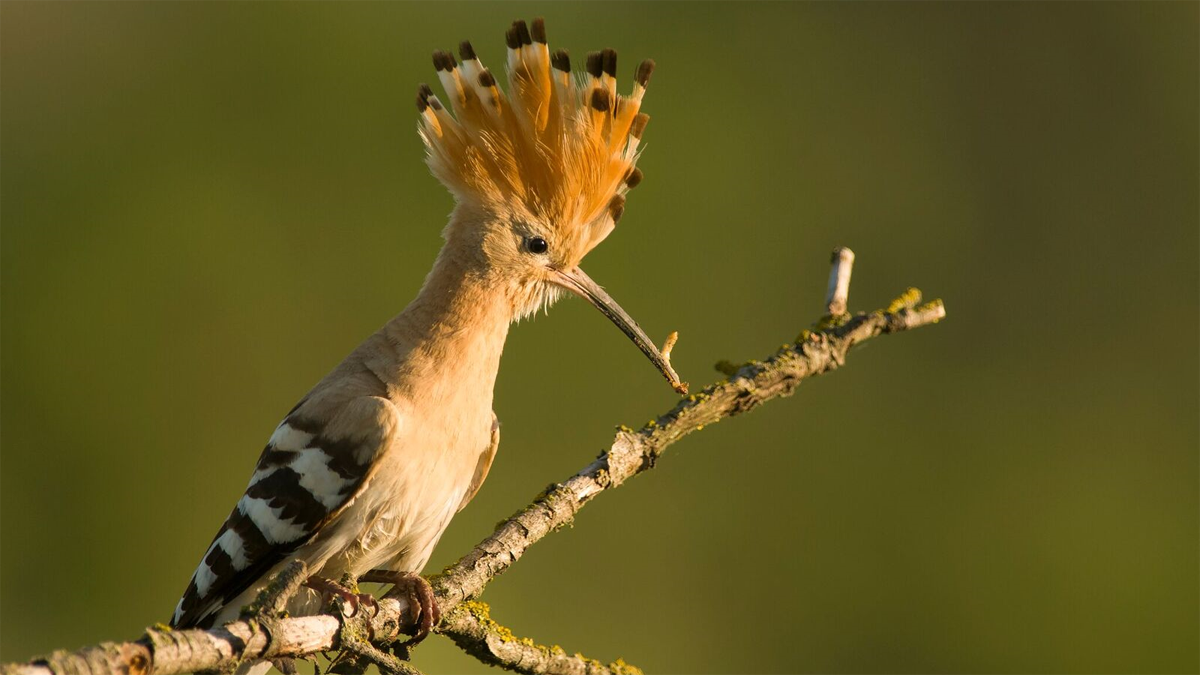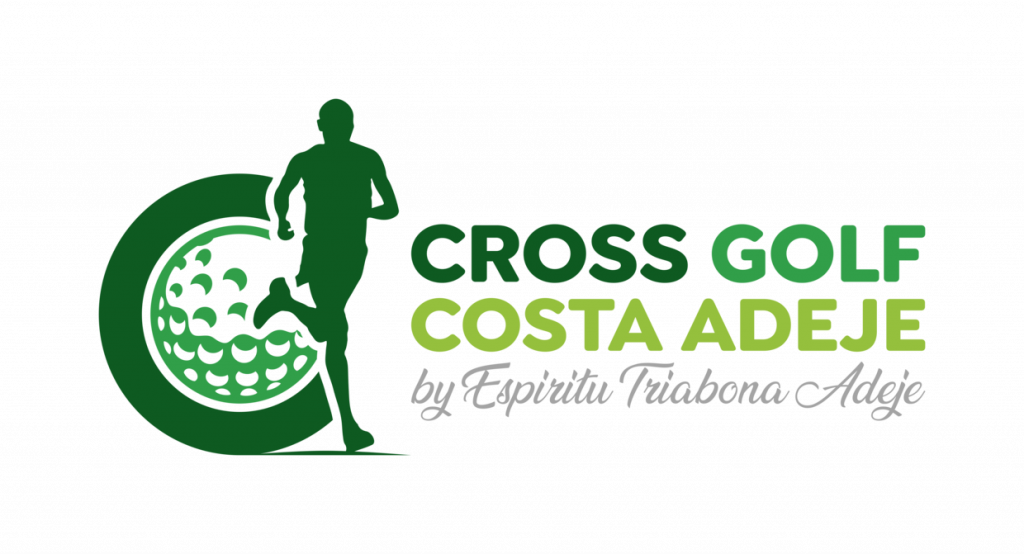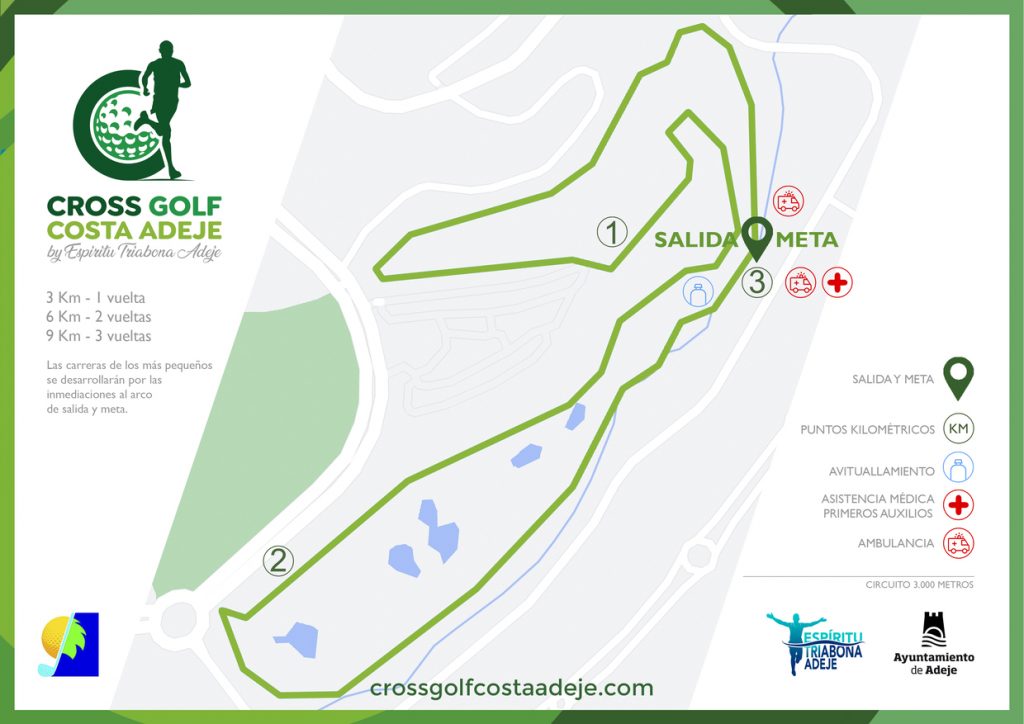An incredible circuit of 3,000 metres of rope, with views of the sea, the mountains and its 6 lakes will make the race a unique event.
The Circuit

Services
How to get there
Flora and Fauna
The vegetation is characterised by the tabaibal-cardonal, with the sweet tabaiba, cardon and balo standing out. The development of the plant communities depends fundamentally on the water and the sun, with coastal halophytes, sweet tabaiba, cardon and balo communities, grass pastures and ruderal vegetation and nitrophilous scrubland. As for the fauna, it is rich in more than 30 species of birds. The trees and palms of the countryside are used by birds to create their nests, as well as being a place of migratory transit.
In the areas closest to the sea it is very common to find gulls. The herring gull (Larus argentatus atlantis) and the yellow-legged gull (Larus cachinans atlantis) predominate. For a long time they were considered the same species as they are practically the same, but differ in the colour of their legs. They are widespread because of their ability to exploit human waste. Some families of the bird commonly known as the serinus serinus (Serinus serinus), which is very similar to the canary, have also been seen. It has probably settled on the island from birds that were caged and have escaped. It is usually associated with groves of different trees in different environments. The blue tit (Parus caeruleus teneriffae) can also be seen frequently in trees in the countryside, and is the bird that has developed the most breeds in the Canary Islands, a total of four. It is very active, continually going in and out of its nest to clean it or to feed its young with the insects it hunts.

The Turtle Dove (Streptopelia turtur turtur turtur) can also be found in garden areas or shrubby areas around the golf course. It is recognisable by its predominantly sandy-reddish colour and its decadent cooing. Its relative, the turtle dove (Streptopelia decaocto), an introduced species distributed throughout the world, can be seen more frequently. It is light-coloured with a darker ruff.
The Unicoloured Swift (Apus unicolor), endemic to the Canary Islands and Madeira, well known for its frenetic flight, can also be seen in the area. There is a popular saying that if you see them flying back and forth in large numbers, ‘it means there is going to be wind in one or more days’. There is another type, the Pallid Swift (Apus pallidus brehmorum), of similar habits but much rarer. Both are thought to leave the archipelago after their breeding season.

Also the hoopoe (Upupa epops), known as ‘tabobo’ or ‘pupu’, mainly in the south and west of the island. It is easily recognisable by its striking crest and long beak, which it uses to capture insects in crevices.
The quail (Coturnix coturnix) and the brown partridge (Alectoris barbara koenigi) are also present on the island, hunting species that live mainly in different crops.
Kestrels are often sighted on the golf course and its surroundings. The kestrel is a small-medium sized falcon and it is easy to distinguish this species by its type of flight, hovering in the air while searching for and observing prey.
There are animals that live in the ravines and undeveloped areas surrounding the countryside, such as rabbits (Oryctolagus cunniculus) and hedgehogs. There are also field mice (Mus domesticus), and among the vertebrate fauna we can highlight the presence of perenquén, the common mullet and the blight lizard (Gallotia gallotia), which is darker in colour and has blue spots.
Source: https://www.golfcostaadeje.com/politica-medioambiental/

